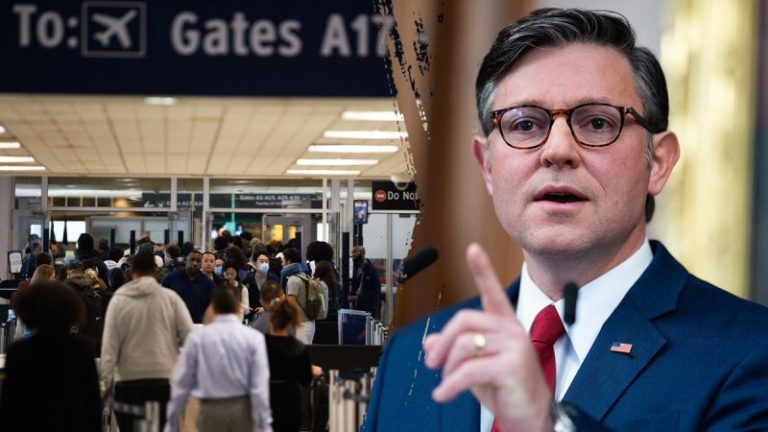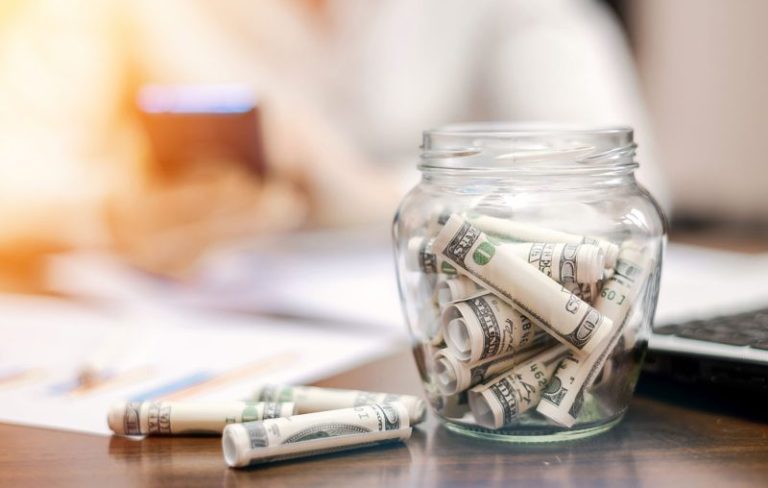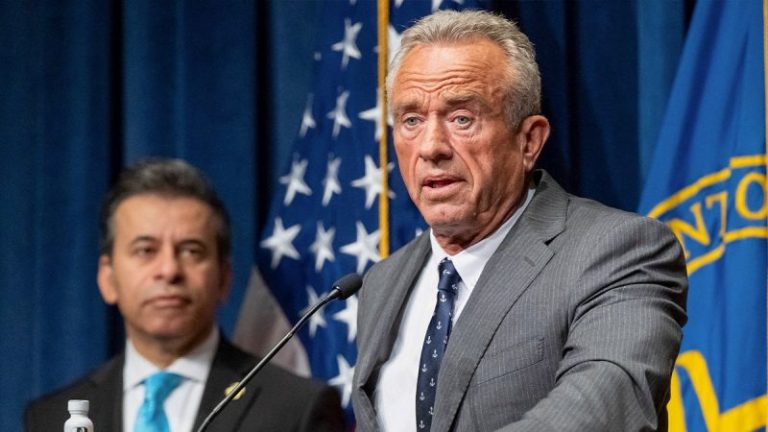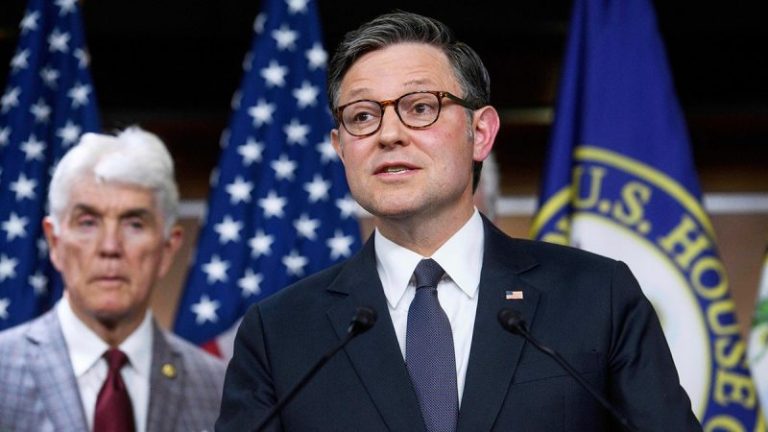A senior federal judge in Massachusetts who was appointed by former President Reagan announced he has resigned in protest against President Donald Trump, who he says has been ‘using the law for partisan purposes.’
U.S. District Judge Mark L. Wolf, 78, resigned on Friday and explained that the Trump administration’s actions that he described as threatening the rule of law compelled him to speak out.
In a piece for The Atlantic, Wolf wrote that he had looked forward to serving for the rest of his life when Reagan appointed him in 1985 but decided to step down last week because of Trump’s ‘assault on the rule of law’ that he finds ‘so deeply disturbing.’
‘I no longer can bear to be restrained by what judges can say publicly or do outside the courtroom,’ the former judge wrote. ‘President Donald Trump is using the law for partisan purposes, targeting his adversaries while sparing his friends and donors from investigation, prosecution, and possible punishment. This is contrary to everything that I have stood for in my more than 50 years in the Department of Justice and on the bench. The White House’s assault on the rule of law is so deeply disturbing to me that I feel compelled to speak out. Silence, for me, is now intolerable.’
‘When I accepted the nomination to serve on the U.S. District Court in Massachusetts, I took pride in becoming part of a federal judiciary that works to make our country’s ideal of equal justice under law a reality,’ he continued. ‘A judiciary that helps protect our democracy. That has the authority and responsibility to hold elected officials to the limits of the power delegated to them by the people. That strives to ensure that the rights of minority groups, no matter how they are viewed by others, are not violated. That can serve as a check on corruption to prevent public officials from unlawfully enriching themselves. Becoming a federal judge was an ideal opportunity to extend a noble tradition that I had been educated by experience to treasure.’
Wolf added that he now wants to do ‘everything in my power to combat today’s existential threat to democracy and the rule of law.’
The former judge noted that Trump cannot replace him with a nominee of his own, as former President Obama named Judge Indira Talwani as his successor in 2013.
Wolf criticized the Department of Justice’s prosecutions of former FBI Director James Comey and Democrat New York Attorney General Letitia James. The former judge also took issue with Trump’s social media post in which he asked Attorney General Pam Bondi to prosecute Comey, James and Sen. Adam Schiff, D-Calif.
He also said that even if a prosecution ends in an acquittal, it ‘can have devastating consequences for the defendant.’
Wolf also wrote that the DOJ must ensure prosecutors do not seek an indictment unless they have ‘sufficient admissible evidence to prove guilt beyond a reasonable doubt.’
‘Trump has utterly ignored this principle,’ Wolf wrote.
Wolf blasted Trump’s ‘unconstitutional or otherwise illegal’ executive orders, criticized the president’s calls for judges to be impeached for ruling against him, said there was ‘corruption by [Trump] and those in his orbit’ and emphasized that attacks on the courts have led to actual threats against judges.
‘I resigned in order to speak out, support litigation, and work with other individuals and organizations dedicated to protecting the rule of law and American democracy,’ Wolf wrote. ‘I also intend to advocate for the judges who cannot speak publicly for themselves.’
‘I cannot be confident that I will make a difference,’ he added. ‘I am reminded, however, of what Senator Robert F. Kennedy said in 1966 about ending apartheid in South Africa: ‘Each time a man stands up for an ideal, or acts to improve the lot of others, or strikes out against injustice, he sends forth a tiny ripple of hope.’ Enough of these ripples can become a tidal wave.’
The U.S. District Court for the District of Massachusetts said Wolf’s ‘steadfast commitment to the rule of law, determination in wrestling with novel issues of fact and law, and dedication to making fair, equitable and legally sound decisions without fear or favor are the hallmarks of his time on the bench.’
‘His many opinions on complex issues of law in notable cases have had a great impact on jurisprudence,’ Chief Judge Denise J. Casper said in the statement. ‘In addition, his tenure as Chief Judge led to the increased engagement with the bar and community, including the initiation of the Court’s bench/bar conference and his continued support of the Court’s Fellowship Programs. I, along with my colleagues and this Court community, applaud his years of dedicated service.’










